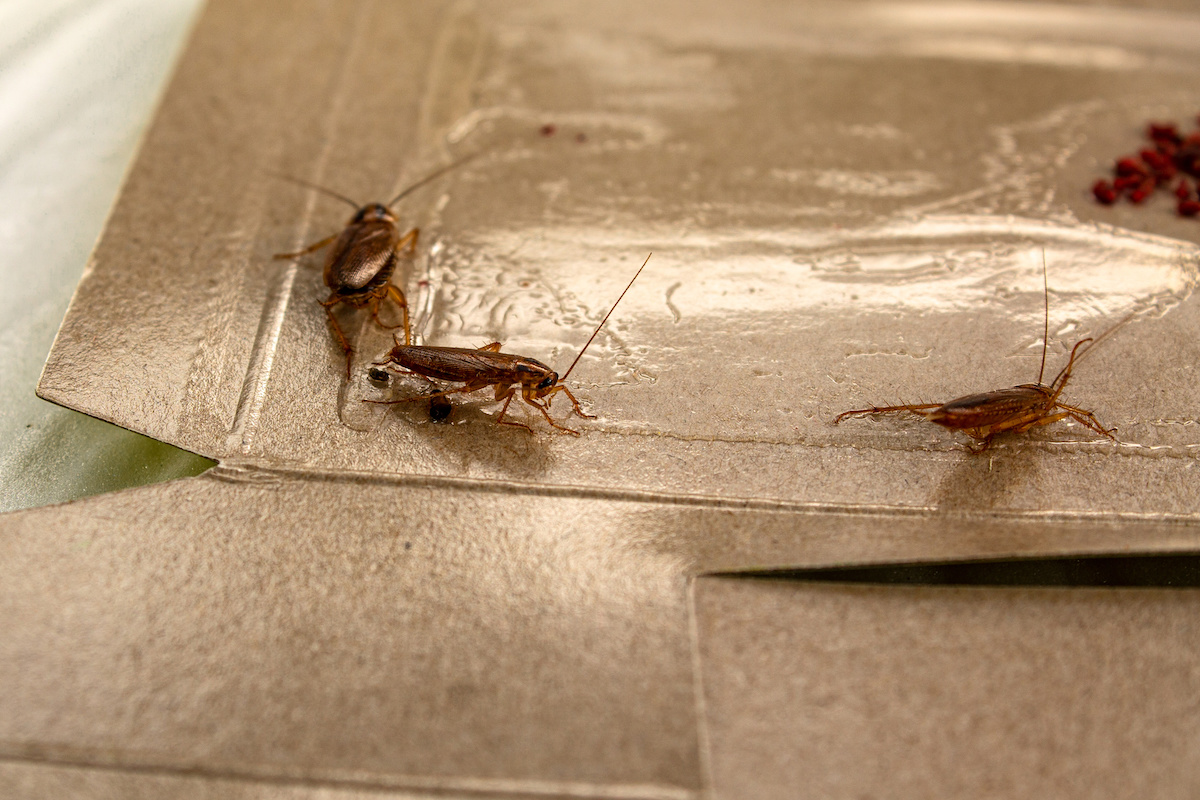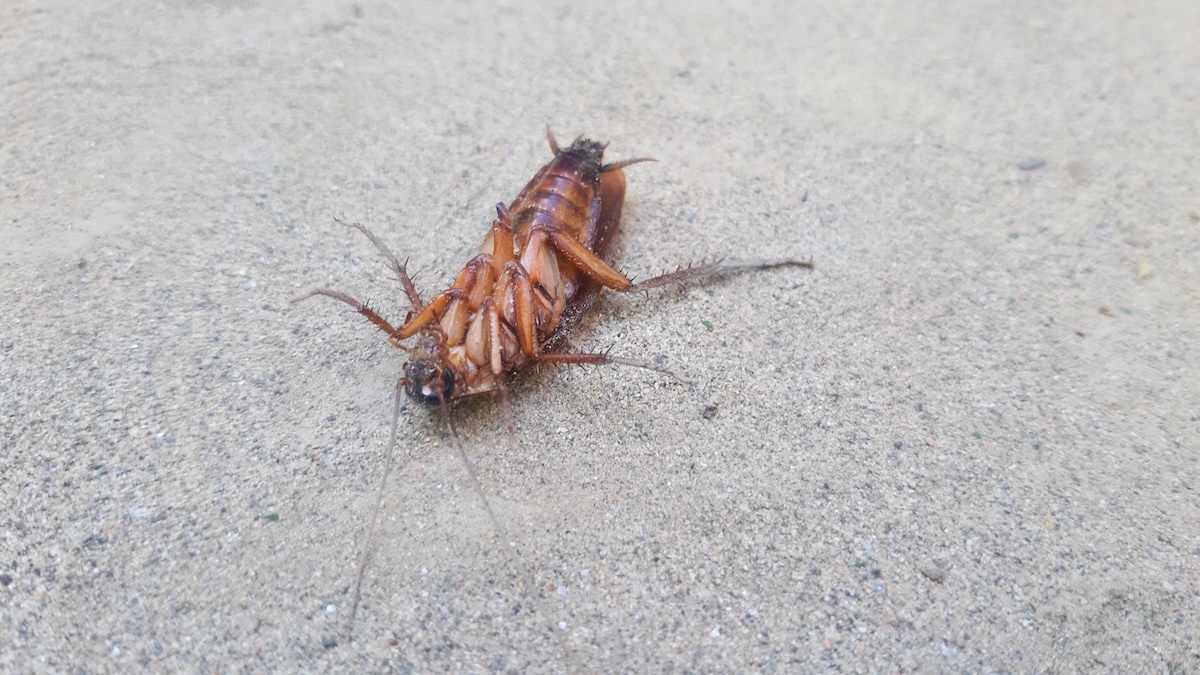
Cockroaches are among the most resilient and unwelcome pests that can invade your home. Known for their ability to survive in various environments and their rapid reproduction rates, cockroaches can quickly become a significant problem. While professional cockroach control services are often the most effective solution, many homeowners attempt DIY methods to manage cockroach infestations.
In this article, we will explore various DIY cockroach control methods, highlighting what works and what doesn’t, so you can make informed decisions about managing these persistent pests.
Understanding Cockroach Behavior
Before diving into DIY methods, it’s essential to understand cockroach behavior. Cockroaches are nocturnal insects that thrive in warm, moist environments and feed on a variety of organic materials. They often hide in cracks, crevices, and other hard-to-reach places during the day, coming out at night to forage for food.
Knowing their habits and preferences can help you implement more effective control measures.

What Works: Effective DIY Cockroach Control Methods
1. Cleanliness and Sanitation
What Works: Maintaining a clean and sanitary environment is one of the most effective ways to deter cockroaches.
This involves:
- Regular Cleaning: Frequently clean your kitchen, bathroom, and other areas where food and moisture are present. Wipe down countertops, sweep floors, and clean up spills immediately.
- Proper Food Storage: Store food in sealed containers and avoid leaving food out overnight. Ensure pet food is also stored securely.
- Garbage Management: Empty garbage cans regularly and use bins with tight-fitting lids.
- Eliminating Clutter: Reduce clutter in your home, as cockroaches use cluttered areas as hiding spots.
By removing their food sources and hiding places, you can significantly reduce the chances of a cockroach infestation.
2. Sealing Entry Points
What Works: Cockroaches often enter homes through small cracks and gaps in walls, floors, and foundations. Sealing these entry points can help prevent them from gaining access. Use caulk or other sealants to close off:
- Cracks in walls and floors
- Gaps around windows and doors
- Openings around pipes and utility lines
By making it difficult for cockroaches to enter, you can help keep them out of your home.
3. Boric Acid
What Works: Boric acid is a popular and effective DIY method for controlling cockroaches. When cockroaches come into contact with boric acid, it sticks to their bodies and is ingested during grooming, leading to their death. To use boric acid effectively:
- Application: Lightly dust areas where cockroaches are likely to travel, such as under sinks, behind appliances, and along baseboards.
- Avoid Overuse: Use a light dusting, as cockroaches are less likely to avoid it. Heavy applications can be counterproductive.
Boric acid is toxic to cockroaches but relatively safe for humans and pets when used correctly.
4. Bait Stations
What Works: Commercial cockroach bait stations are effective for reducing cockroach populations. These stations contain a food attractant laced with a slow-acting insecticide. Cockroaches feed on the bait and carry it back to their nests, where it can kill other members of the colony. To use bait stations effectively:
- Placement: Place bait stations in areas where cockroaches are active, such as kitchen cabinets, under sinks, and near appliances.
- Consistency: Use multiple bait stations and replace them regularly to maintain effectiveness.
Bait stations are a convenient and low-maintenance option for DIY cockroach control.
5. Diatomaceous Earth
What Works: Diatomaceous earth (DE) is a natural powder made from fossilized aquatic organisms. It works by damaging the exoskeletons of insects, leading to dehydration and death. To use DE for cockroach control:
- Application: Lightly dust areas where cockroaches are likely to travel, such as cracks, crevices, and behind appliances.
- Food-Grade DE: Use food-grade DE, which is safe for humans and pets.
DE is an effective and non-toxic option for controlling cockroaches.
What Doesn’t Work: Ineffective DIY Cockroach Control Methods
1. Ultrasonic Pest Repellers
Ultrasonic pest repellers claim to emit sound waves that repel cockroaches and other pests.
However, scientific evidence supporting their effectiveness is lacking. Cockroaches are highly adaptable, and there is no conclusive proof that ultrasonic devices deter them consistently. Investing in these devices is unlikely to yield significant results.
2. Natural Repellents (e.g., Essential Oils)
While some natural repellents, such as essential oils (e.g., peppermint, eucalyptus), may temporarily deter cockroaches, they are not effective long-term solutions.
Cockroaches can quickly adapt to these scents, and the oils may need to be reapplied frequently. Additionally, essential oils alone are unlikely to address an existing infestation.
3. Home Remedies (e.g., Baking Soda and Sugar)
Various home remedies, such as mixing baking soda with sugar to attract and kill cockroaches, are often cited as DIY solutions. While baking soda can kill cockroaches when ingested, its effectiveness as a standalone treatment is limited. Cockroaches may not be attracted to the mixture, and it is unlikely to address the root of the infestation.
4. Store-Bought Sprays
Over-the-counter cockroach sprays can kill individual cockroaches on contact, but they are not effective for controlling infestations. These sprays provide only temporary relief and do not address the underlying problem.
Additionally, repeated use of chemical sprays can lead to resistance in cockroach populations, making them less effective over time.
5. Sticky Traps
Sticky traps can capture individual cockroaches but are not effective for controlling large infestations. While they can help monitor cockroach activity, they do not reduce the overall population. Sticky traps should be used in conjunction with other control methods rather than as a primary solution.

When to Call a Professional
While DIY methods can be effective for minor cockroach problems, severe infestations often require professional intervention. Here are some signs that it’s time to call a pest control expert:
- Persistent Infestations: If DIY methods have not resolved the problem and you continue to see cockroaches, then professional help is needed.
- Health Risks: Cockroaches can carry diseases and trigger allergies. If you or your family members are experiencing health issues related to cockroach exposure, then it’s important to seek professional assistance.
- Extensive Damage: Cockroach infestations can cause damage to property and belongings. Professional pest control can prevent further damage and protect your home.
- Visible Signs of a Nest: If you discover a large number of cockroach eggs (oothecae) or nymphs, then it indicates that there is an active breeding site nearby. This often requires professional treatment to fully eradicate.
- Unpleasant Odors: A strong, musty odor can be a sign of a significant cockroach infestation. This odor is produced by the roaches and their waste, and a professional is needed to thoroughly eliminate the source.
- Structural Concerns: If cockroaches have infiltrated deep into the structural components of your home, such as within walls, ceilings, or under flooring, professional pest control is necessary to address these hard-to-reach areas effectively.
Don’t Risk it With DIY Cockroach Control
Cockroach control requires a combination of effective strategies and a thorough understanding of cockroach behavior. While many DIY cockroach control methods can help manage and reduce cockroach populations, some commonly recommended techniques are ineffective. Maintaining cleanliness, sealing entry points, and using proven methods like boric acid, bait stations, and diatomaceous earth can significantly impact cockroach control efforts.
However, severe infestations and persistent problems are best addressed by professional pest control services. At James River Pest Solutions, we offer comprehensive cockroach control solutions tailored to your specific needs. Contact us today to schedule an inspection and take the first step towards a cockroach-free home.